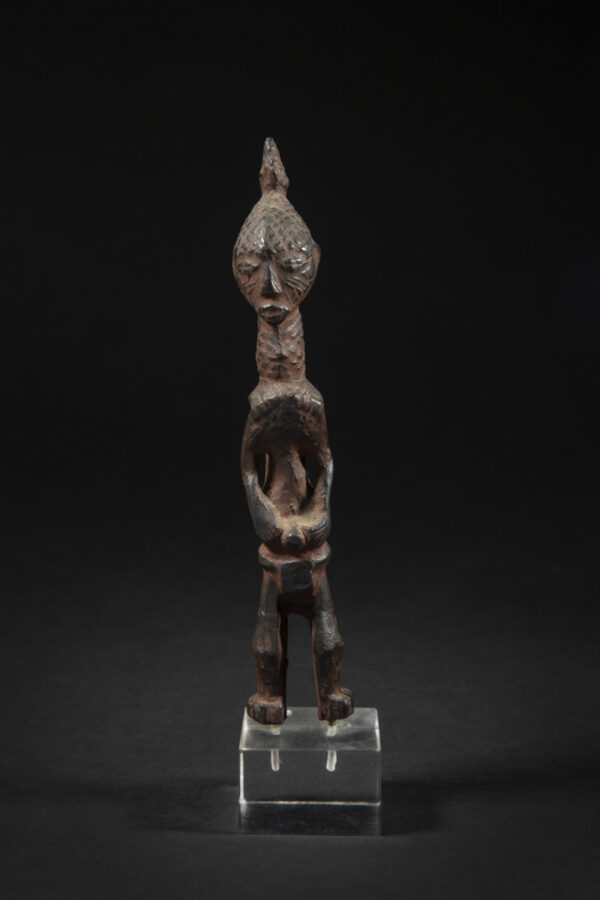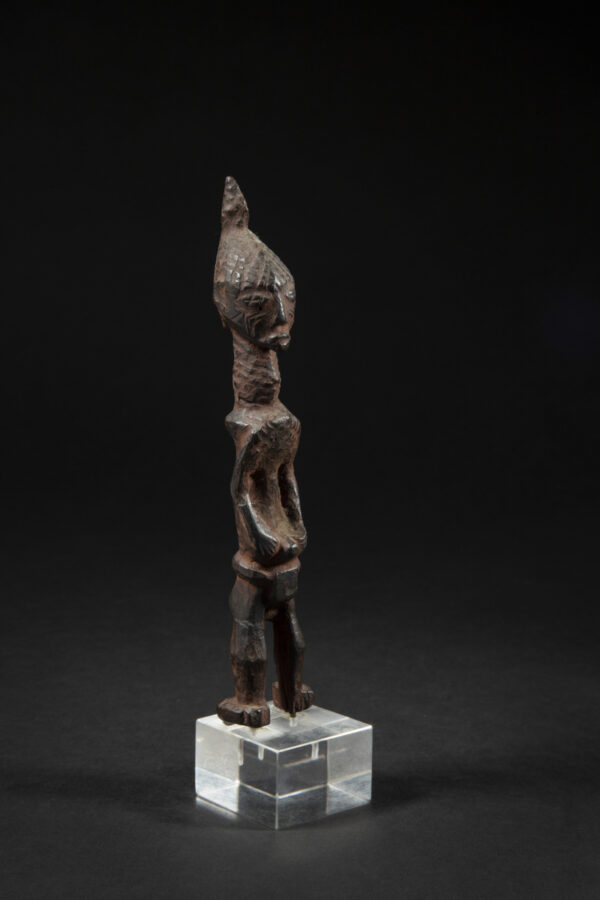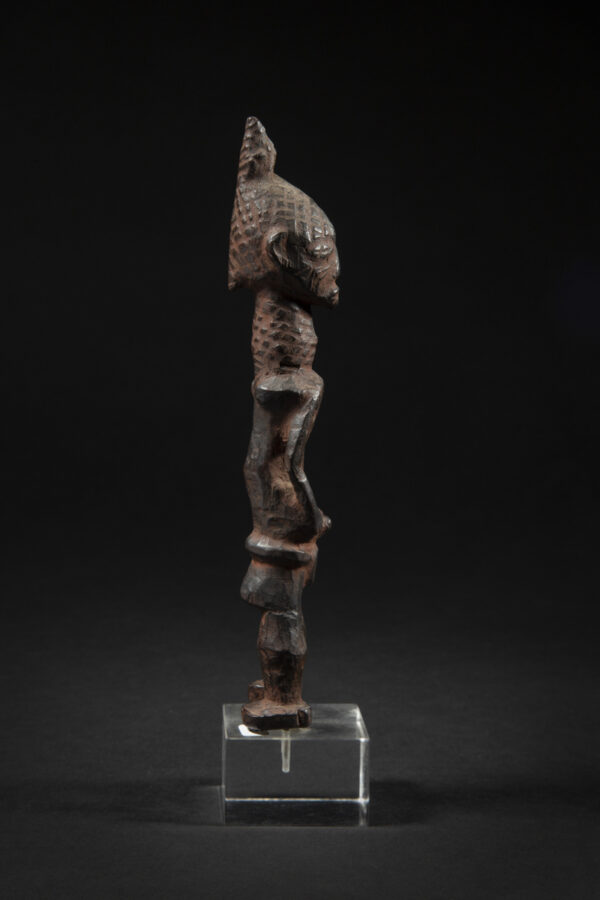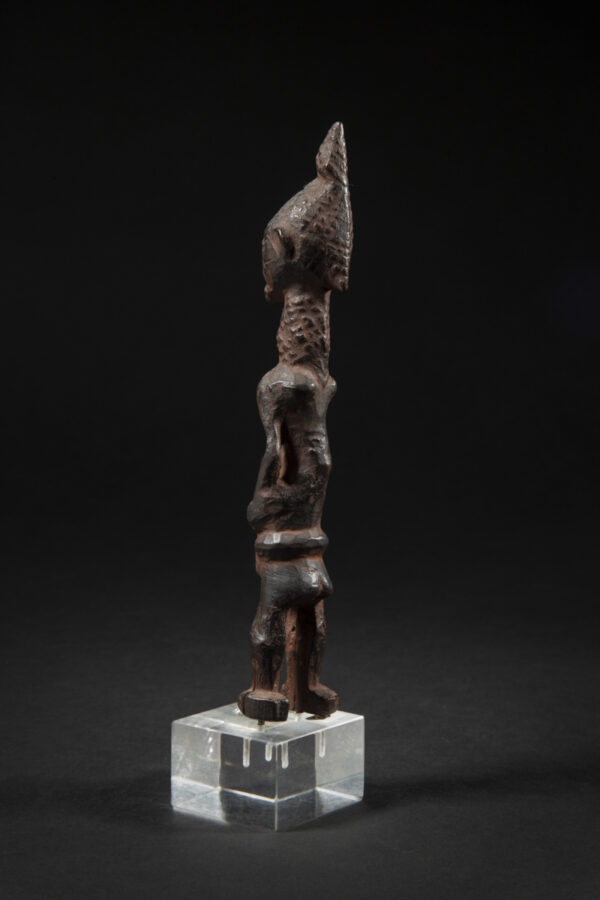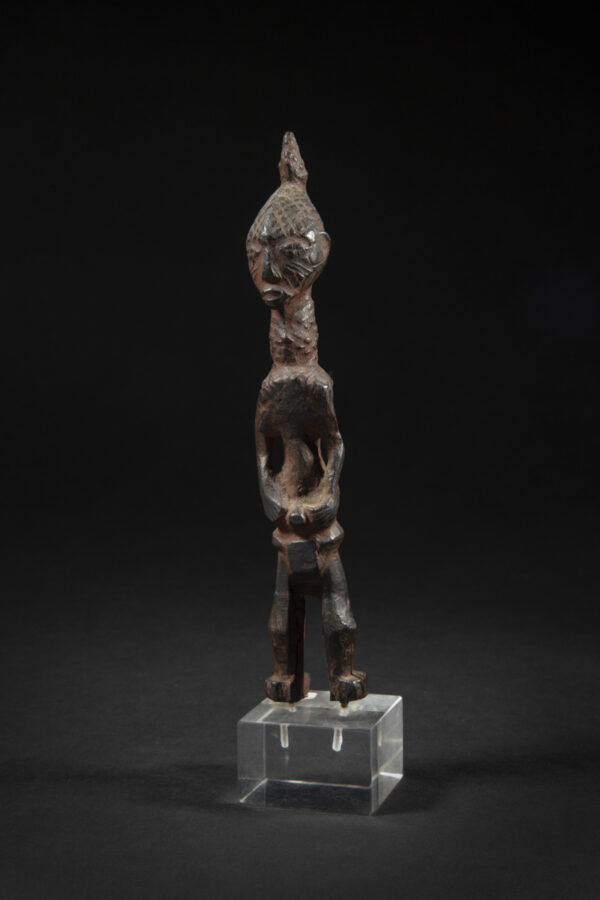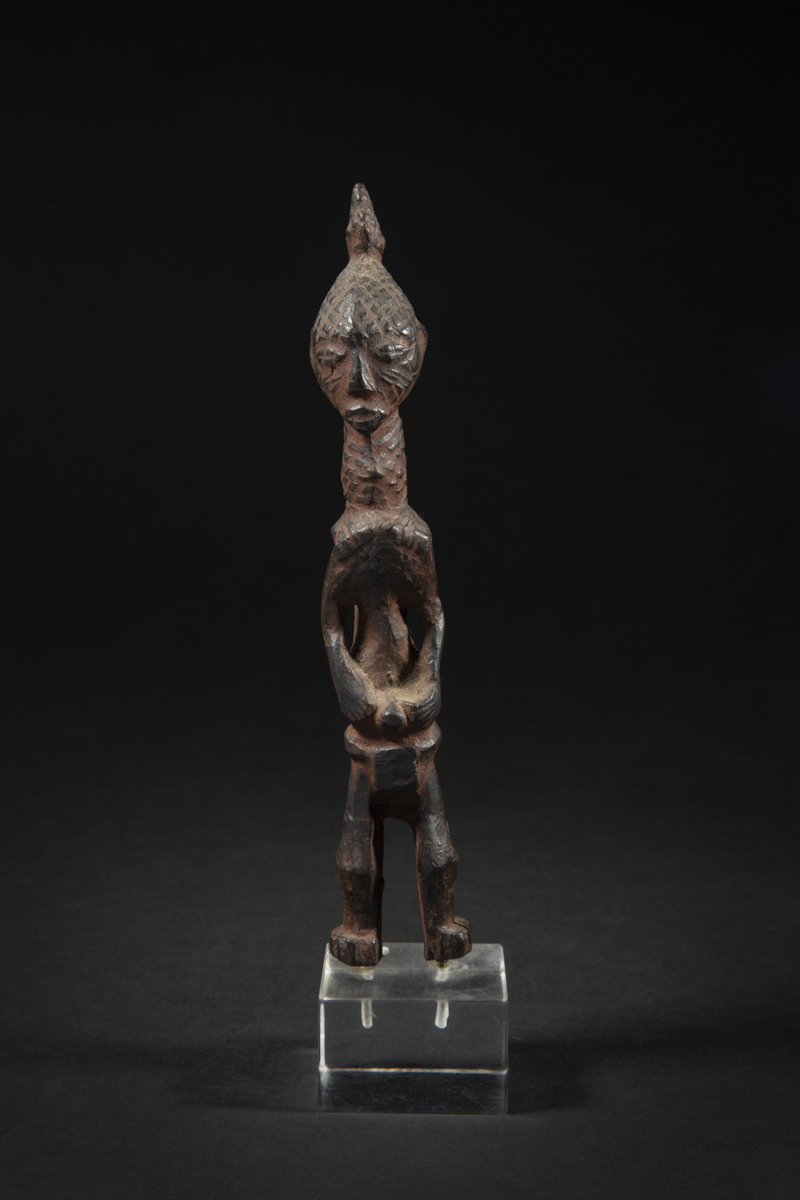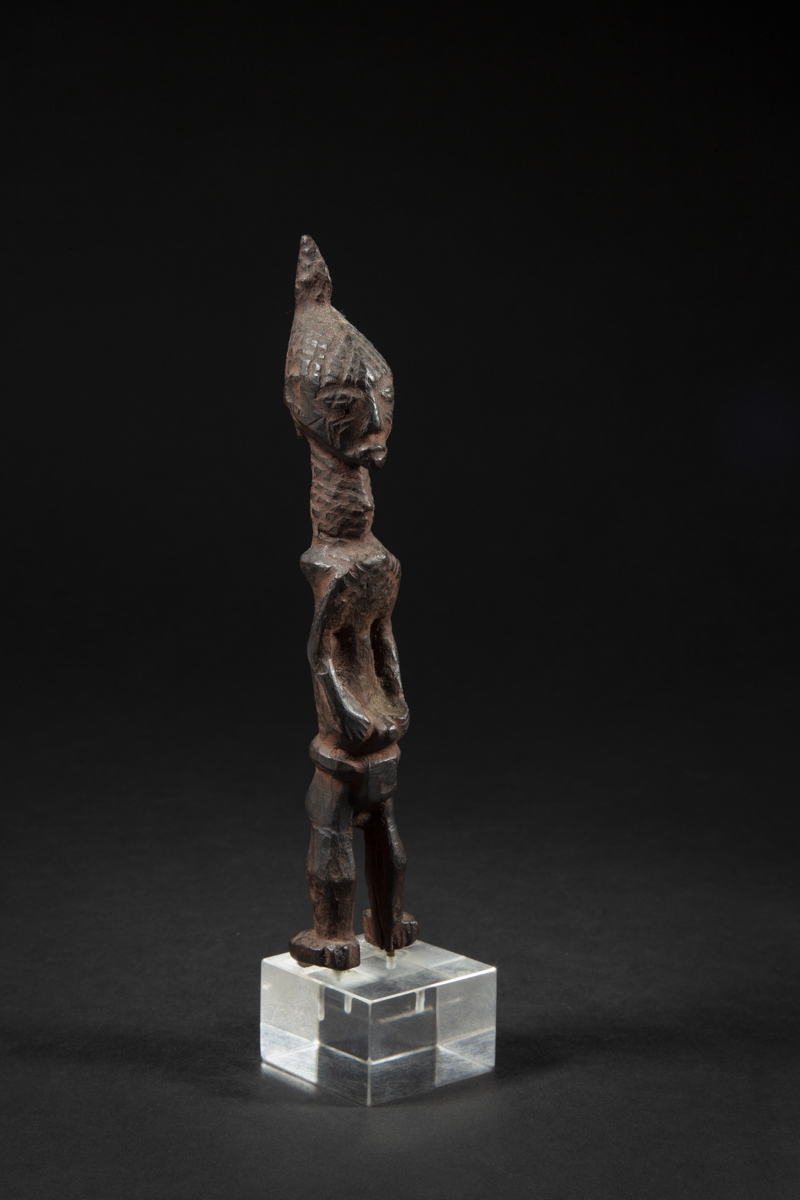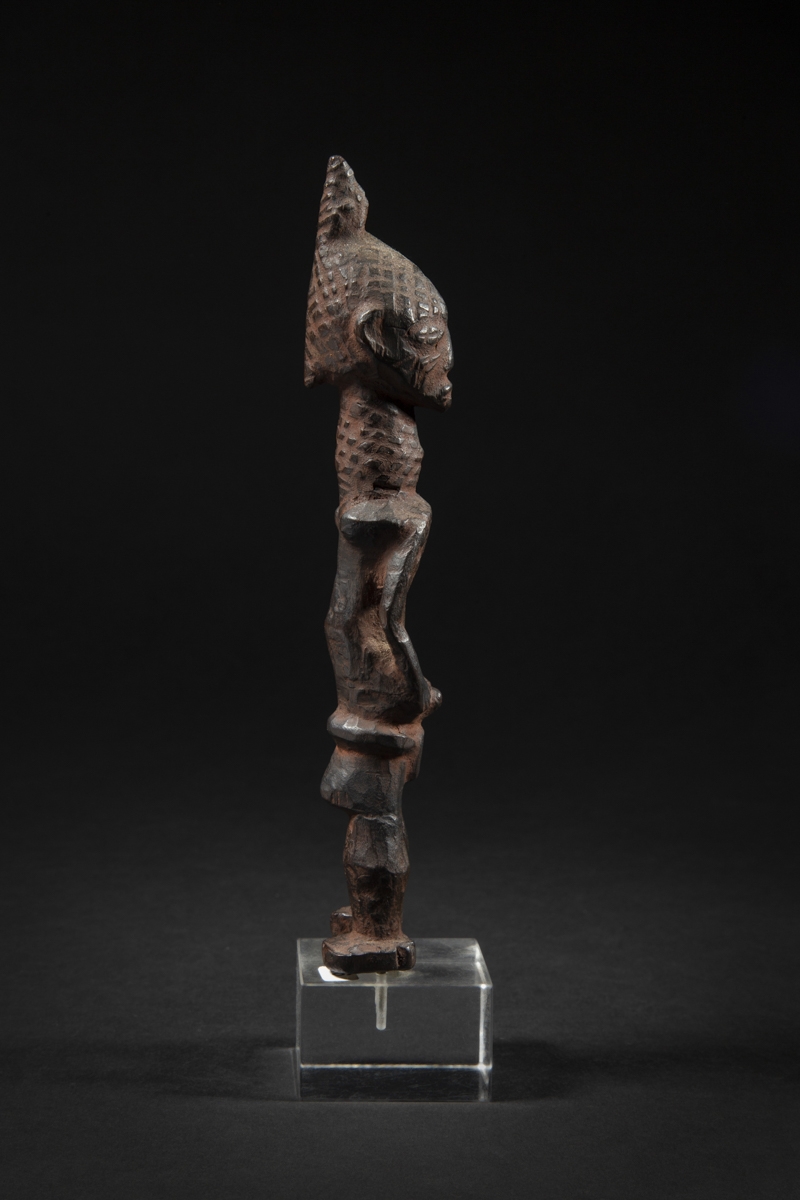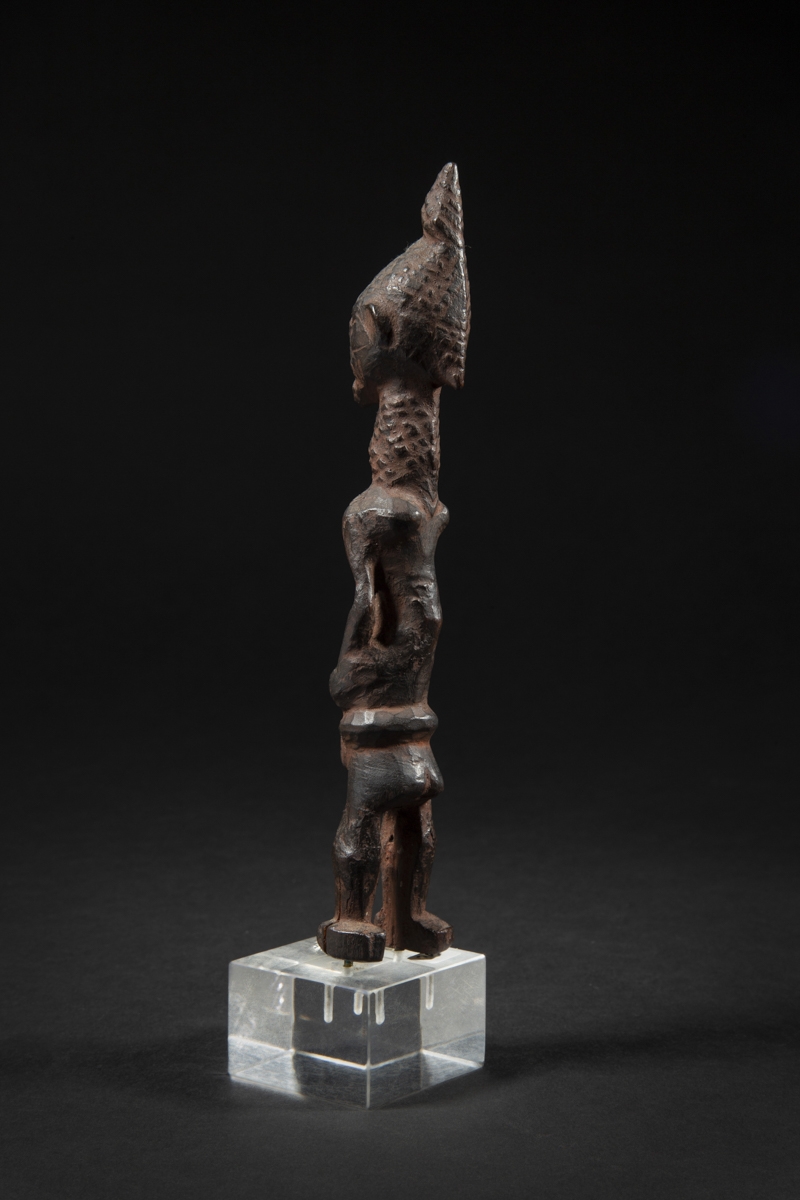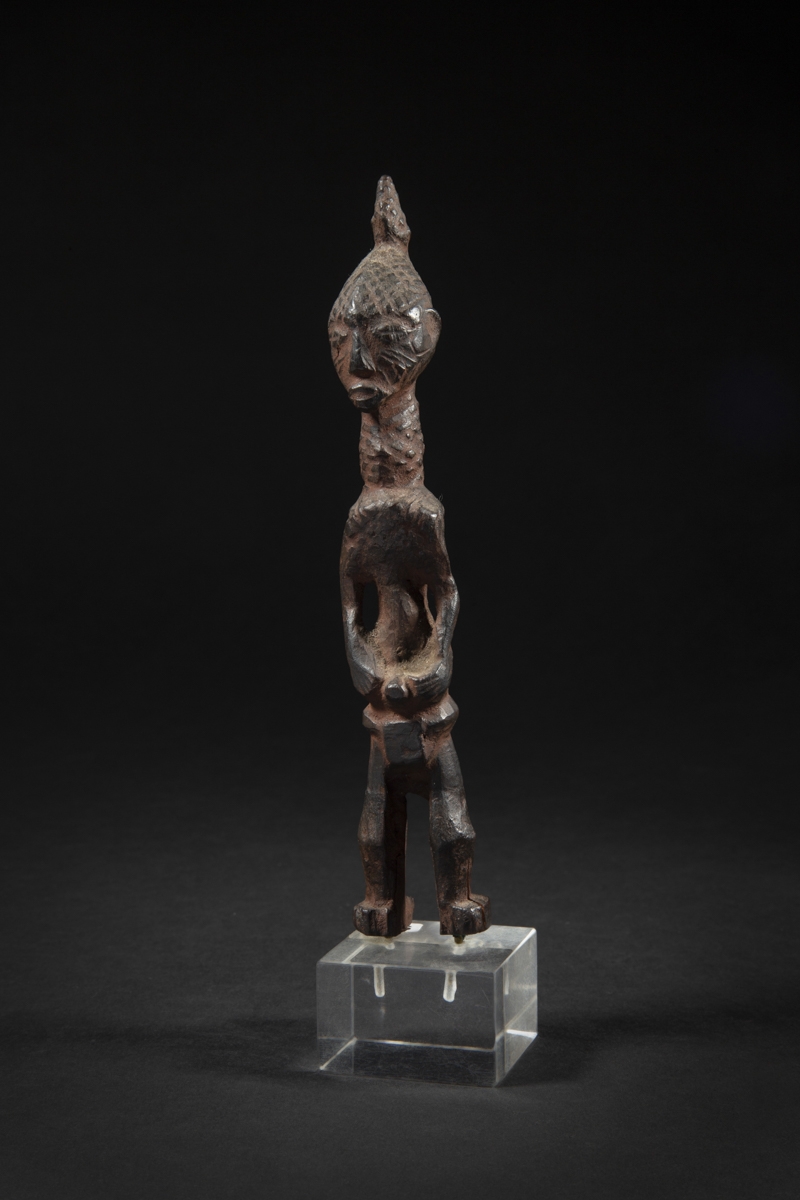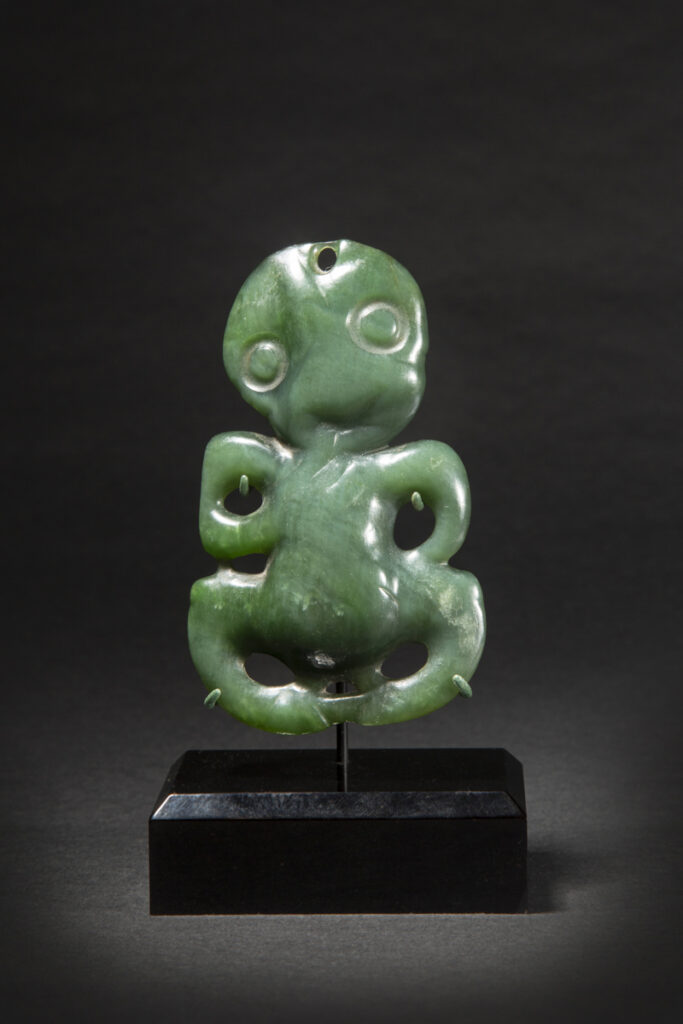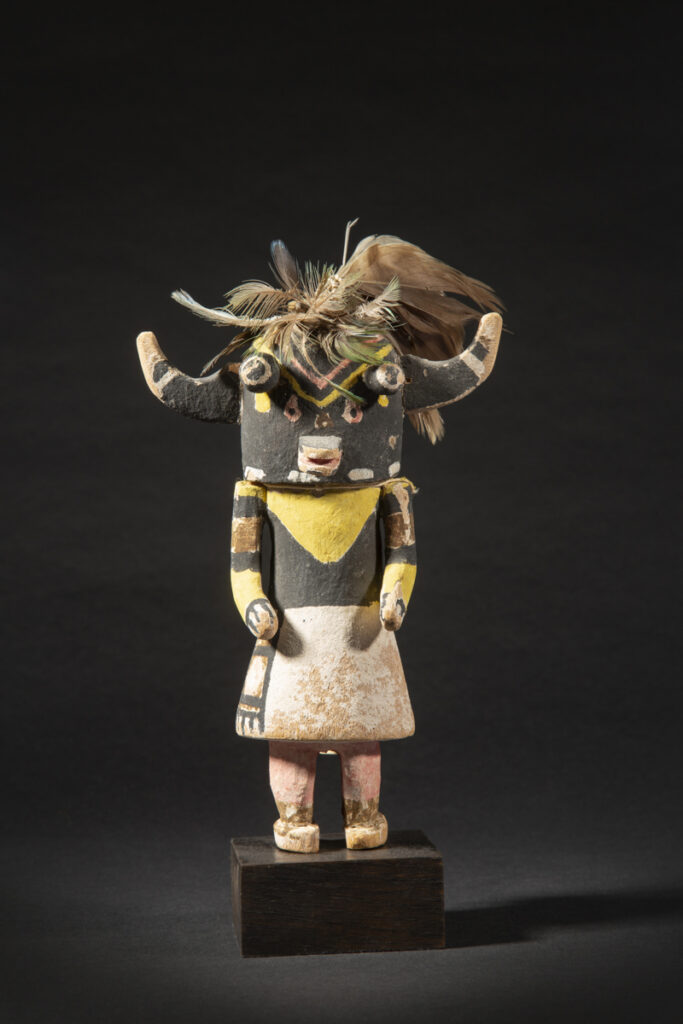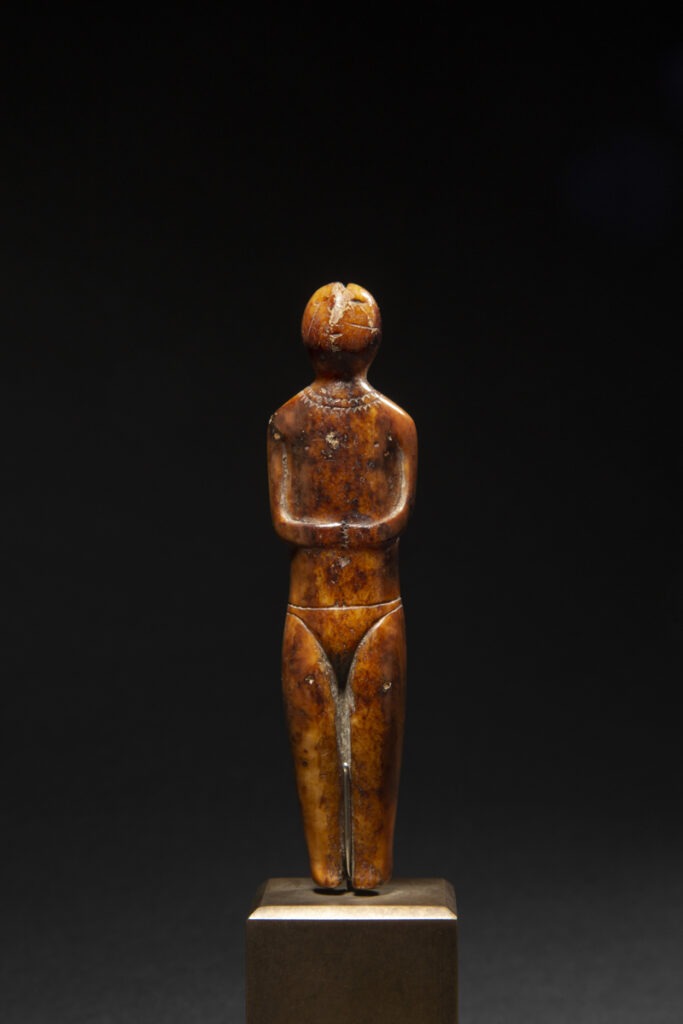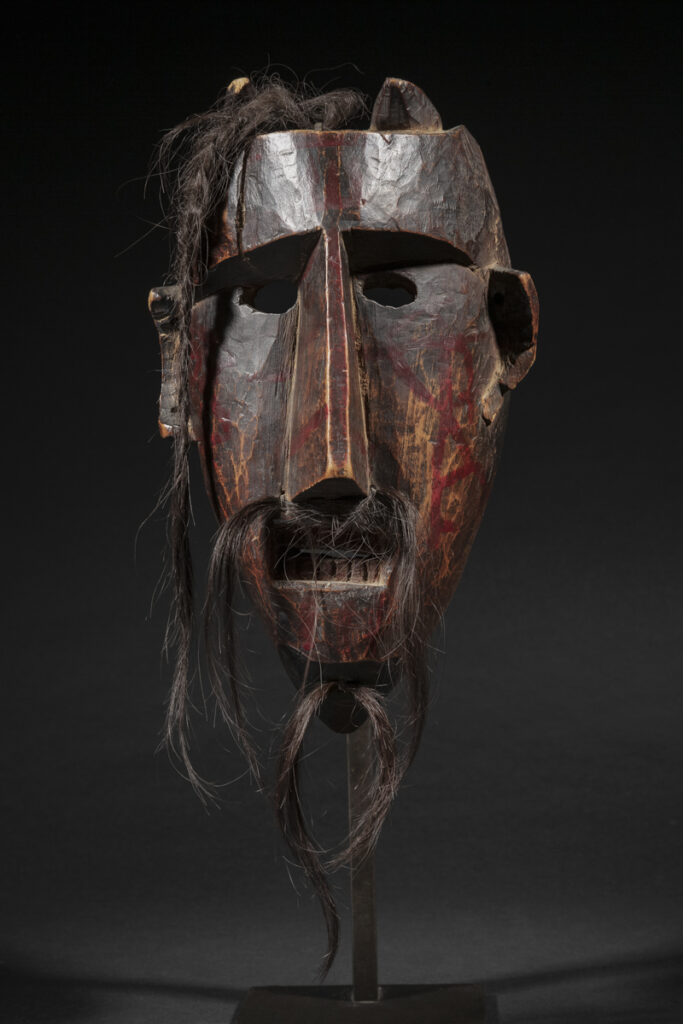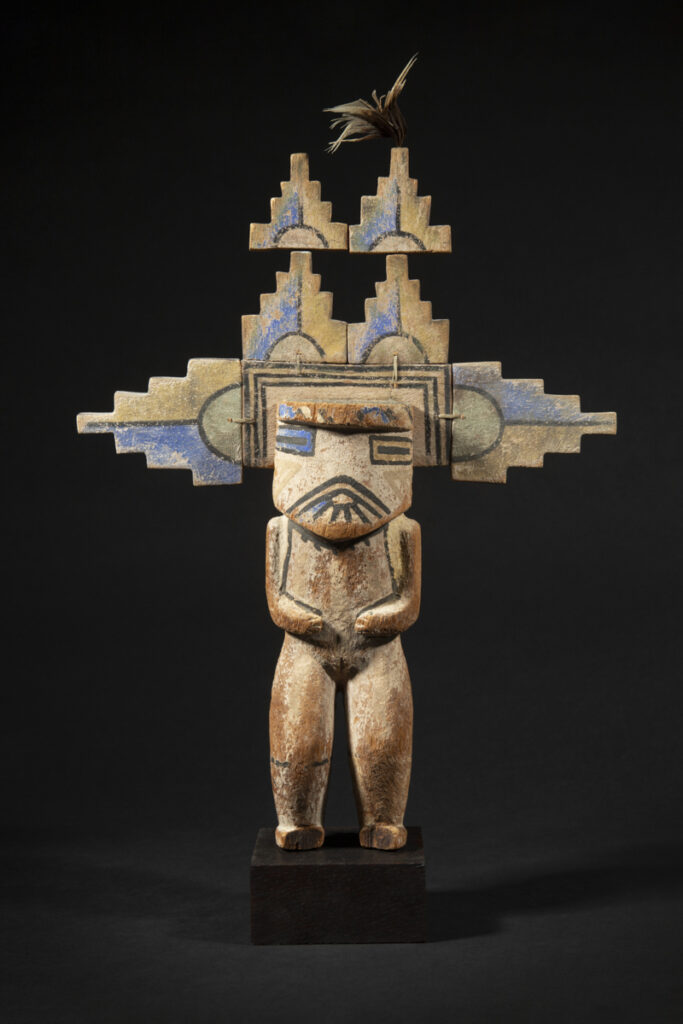Africa | Democratic Republic of the Congo
Luluwa Figure
Democratic Republic of the Congo
Early 20th century
Carved wood and pigments
Height: 17.7 cm – 7 in.
Provenance
Ex collection Karel Timmermans, field-collected between 1962 and 1965
Ex Lempertz, Brussels, 24 April 2010 lot 96
Ex collection Laure-Marie et Daniel P. Biebuyck, USA
By descent
Luluwa figure 17.7 cm / Galerie Flak
Price on request
With its refined naturalism, harmonious proportions and intricate scarification patterns, this miniature sculpture epitomizes the essence of the Luluwa concept of beauty.
Luluwa figures embody ancestral spirits, bestowing upon their devotees protection, good fortune, and beauty.
Constantine Petridis notes in Context en morfologie van de plastische kunst bij de Luluwa (Zuid-Centraal Zaire)", Ghent University, 1997 that “the special attention paid to beauty [...] is called Chiluba bwimpe which recognizes physical perfection as a sign of moral integrity, thus combining Western notions of beauty and goodness. The emphasis was on cultural or "human" beauty, that is, man-made beauty. Scarification was one of the fundamental expressions of this ideal. [...]
The notion of beauty/goodness is illustrated by the depiction of the anatomy, scarifications, and other forms of body embellishment. Thus, large heads and high foreheads were considered as a sign of beauty. Idealized beauty was also an invitation for ancestral spirits to come and incarnate in sculptures and use them as intermediaries between the natural and supernatural worlds."
Luluwa figures embody ancestral spirits, bestowing upon their devotees protection, good fortune, and beauty.
Constantine Petridis notes in Context en morfologie van de plastische kunst bij de Luluwa (Zuid-Centraal Zaire)", Ghent University, 1997 that “the special attention paid to beauty [...] is called Chiluba bwimpe which recognizes physical perfection as a sign of moral integrity, thus combining Western notions of beauty and goodness. The emphasis was on cultural or "human" beauty, that is, man-made beauty. Scarification was one of the fundamental expressions of this ideal. [...]
The notion of beauty/goodness is illustrated by the depiction of the anatomy, scarifications, and other forms of body embellishment. Thus, large heads and high foreheads were considered as a sign of beauty. Idealized beauty was also an invitation for ancestral spirits to come and incarnate in sculptures and use them as intermediaries between the natural and supernatural worlds."
Explore the entire collection
